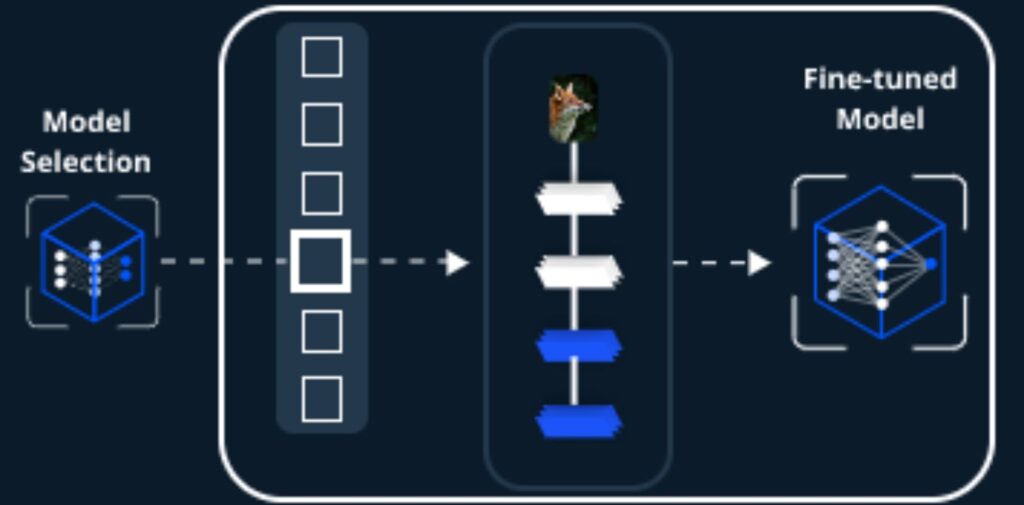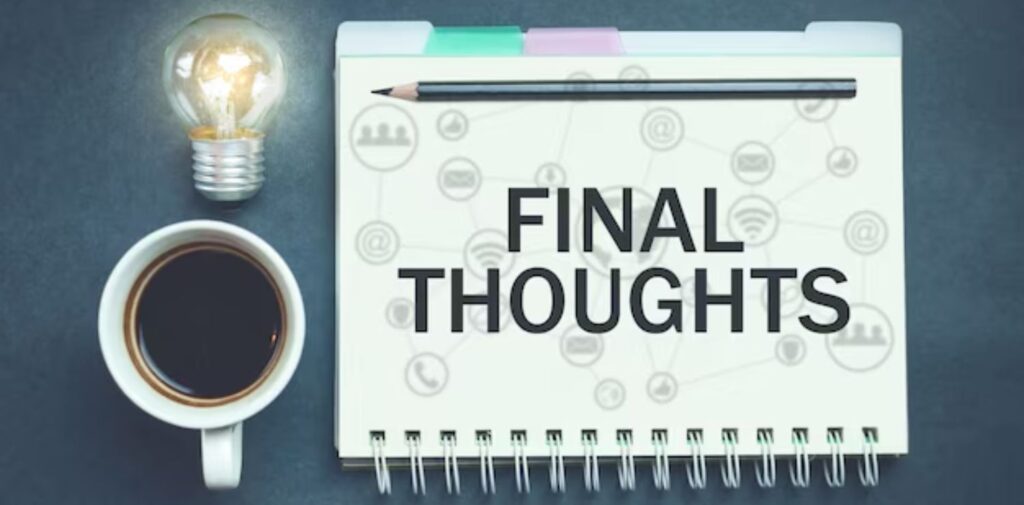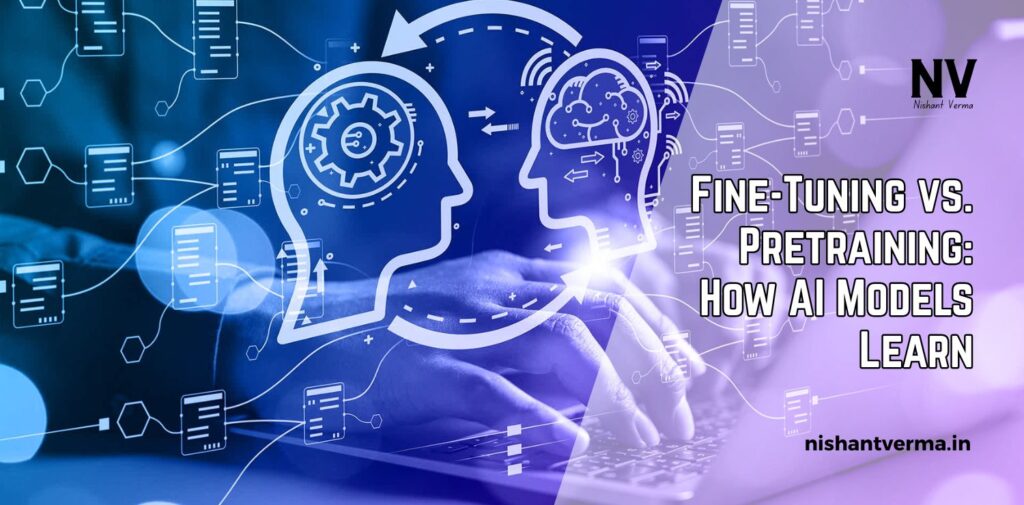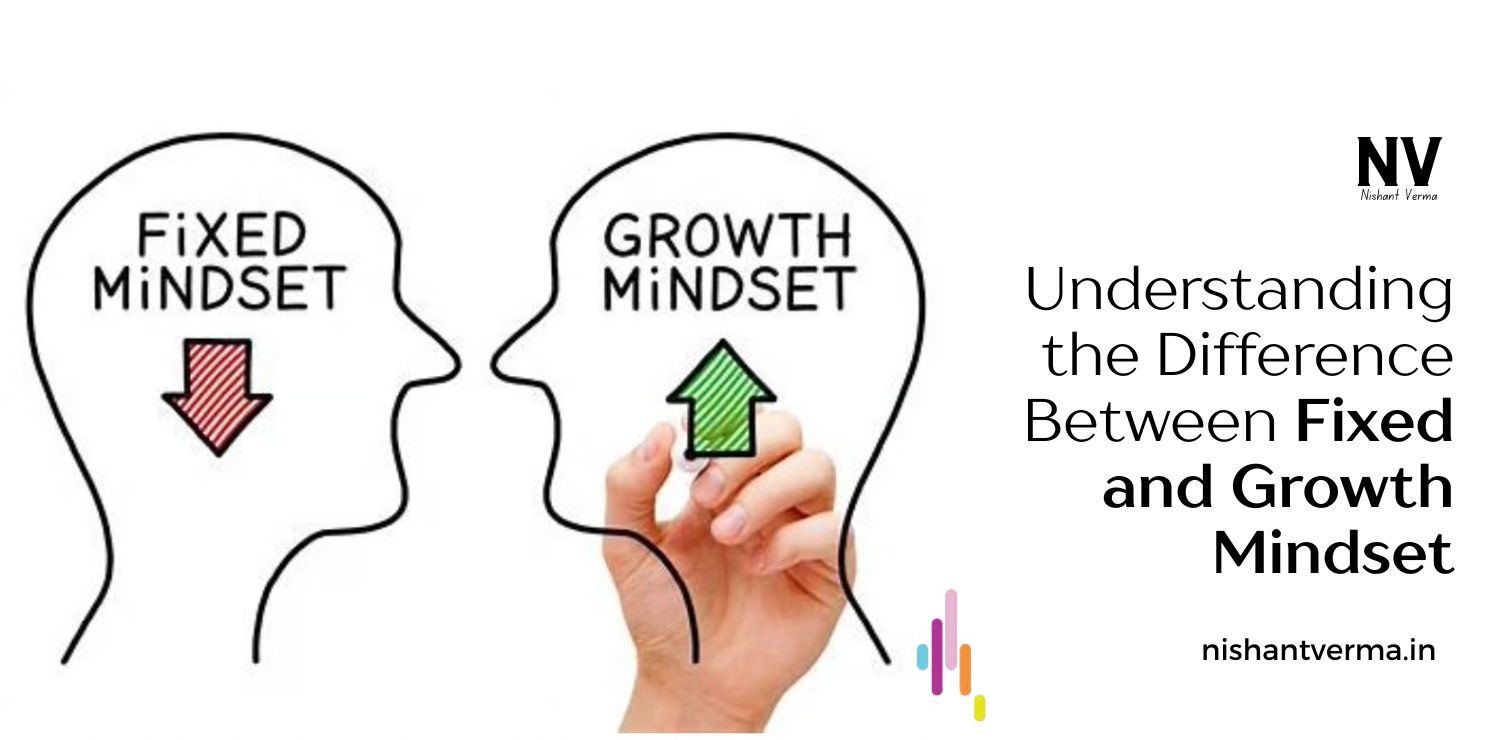Artificial Intelligence (AI) has become a buzzword in India. From smartphones and chatbots to smart assistants like Alexa and Siri, AI is everywhere. But have you ever wondered how these AI systems actually learn? How do they understand languages, make decisions, or even answer questions like a human? The answer lies in two important steps: Pretraining and Fine-Tuning.
In this article, we will explain these two concepts in simple words, using examples that are easy to understand. Whether you’re a student, a tech enthusiast, or just someone curious about AI, this guide will help you know how AI models are trained and why it matters.

What is Pretraining in AI?
Let’s start with pretraining. Think of pretraining like teaching a child the basics of a language. Before a child can write essays or have deep conversations, they need to learn the alphabet, grammar, and vocabulary. Similarly, an AI model must learn the general structure and patterns of data before it can perform specific tasks.
Pretraining is the first stage where a large AI model is trained on a huge amount of general data from books, websites, articles, and other texts. This helps the model understand language, sentence structure, meanings, and even context. For example, if the model reads thousands of Indian newspapers, novels, and websites, it starts to get a basic understanding of Hindi, English, Tamil, and other Indian languages, as well as common topics like cricket, politics, festivals, etc.
It is like laying the foundation of a building. Without this step, the AI model would not be able to understand anything. Pretraining is time-consuming and requires a lot of computing power, which is why big tech companies or research organizations usually do it.
What is Fine-Tuning in AI?
After pretraining comes fine-tuning. Now that the model has learned the basics, it is ready to focus on a specific task. Let’s go back to the child example. Once the child knows the basics of a language, you can teach them to write a poem, solve a maths problem, or answer exam questions. Similarly, we fine-tune the AI model by giving it data related to a specific task.
Suppose we want to create a chatbot for a government website in India. We take the pretrained model and fine-tune it using data from government schemes, FAQs, citizen queries, and other relevant sources. Now, the AI model can answer questions like “How to apply for a PAN card?” or “What are the benefits of PM-KISAN Yojana?”
Fine-tuning makes the AI model smart in one particular area. It is a faster process compared to pretraining and can be done with less data. It is also where developers in India and across the world can create custom AI applications without building everything from scratch.
Pretraining vs. Fine-Tuning: The Main Differences
Though both pretraining and fine-tuning are part of the AI learning process, they have some key differences. Let’s look at them in a simple table format for better understanding:
- Purpose: Pretraining teaches general knowledge; Fine-tuning teaches specific tasks.
- Data Size: Pretraining needs a large amount of data; Fine-tuning needs a small, focused dataset.
- Time & Resources: Pretraining takes more time and computing power; Fine-tuning is quicker and easier.
- Example: Pretraining reads all kinds of books and websites; Fine-tuning focuses on a specific topic like Indian banking or railway enquiries.
Both steps are equally important. Pretraining gives the AI its intelligence, and fine-tuning gives it direction.

Why Should Indians Care About Pretraining and Fine-Tuning?
You might be wondering, why does this matter to me? Well, AI is becoming a part of our daily lives in India. From language translation apps to government helplines, AI is shaping how we interact with technology. Here’s why understanding these concepts can be useful:
- Jobs and Career Opportunities: If you’re a student or job seeker, knowing how AI models learn can give you an edge in the job market. AI, data science, and machine learning are fast-growing fields in India.
- Better Use of AI Tools: If you use AI tools in your business or studies, understanding their learning process can help you use them more effectively.
- Creating Indian-Specific AI: India is a diverse country with many languages and needs. Fine-tuning allows developers to create AI tools that work in local languages and serve Indian users better.
- Awareness and Digital Literacy: As citizens, we should understand how digital technologies work. It helps us make informed decisions about privacy, data usage, and ethical AI.
Real-Life Examples from India
Let’s look at some simple examples where pretraining and fine-tuning are used in Indian contexts.
- Language Translators: Tools like Google Translate are pretrained on millions of documents. Later, they are fine-tuned with Indian language pairs like English-Hindi, Tamil-English, and so on.
- Customer Support Bots: Banks like SBI or ICICI use AI chatbots. These bots are pretrained with language knowledge and then fine-tuned with banking FAQs to serve customers better.
- Education Apps: EdTech platforms like BYJU’S and Vedantu may use AI to personalize learning. The models are pretrained on general content and then fine-tuned based on subjects and students’ learning styles.
- Agriculture Support: Startups in India use AI to guide farmers. The models are trained first with general climate and crop data, then fine-tuned with region-specific information to help Indian farmers.
The Future of AI Learning in India
India is becoming a hub for AI development. With initiatives like Digital India and growing internet access in rural areas, there is a huge demand for AI solutions that understand Indian users. This means more scope for fine-tuning AI models in regional languages and local contexts.
At the same time, Indian researchers and institutions are also working on pretraining models using Indian data. For example, efforts are being made to train models on Hindi literature, Indian news, and even regional dialects. This will create AI systems that are truly “Made for India.”
If India wants to lead in the AI revolution, both pretraining and fine-tuning will play an important role. And people like you – students, developers, entrepreneurs – can be part of this change by learning and contributing to this field.

Final Thoughts
In simple terms, AI models learn in two steps: pretraining and fine-tuning. Pretraining is like teaching the model general knowledge, and fine-tuning is like giving it a job-specific training. Together, they help create intelligent tools that can speak your language, answer your questions, and make life easier.
As India moves forward in the digital age, understanding these concepts will empower you to use, create, and even shape the AI of the future. Whether you’re in tech or not, this knowledge is a valuable asset.
So next time you talk to a chatbot or use a voice assistant, remember – it didn’t get smart overnight. It learned, just like we do, step by step.
If you found this article useful, consider sharing it with someone who’s curious about AI. Let’s spread awareness and make India future-ready!




